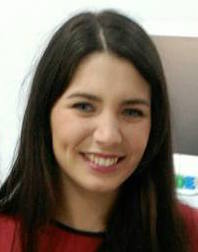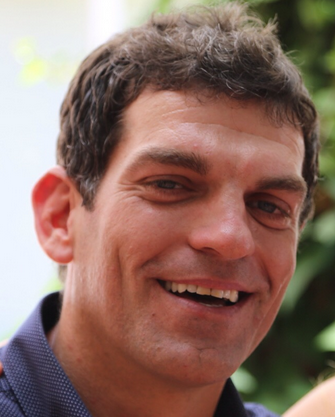
Mireia Orgilés is Professor in the area of Personality, Evaluation and Psychological Treatment at Miguel Hernández University of Elche. Since the beginning (in 2010), she has been the director of the Master of Psychological Therapy on Children and Adolescents. Her research focuses on the evaluation and treatment of child and youth emotional problems, especially anxiety disorders. She is the author of manuals, such as Tratando… fobia a la oscuridad en la infancia y adolescencia (Treating...darkness phobia in childhood and adolescence), and El niño con miedo a la oscuridad (The child with fear of the dark) of PsicoCuentos collection. As result of her contributions in scientific journals and conferences, she has received twice the Young Investigator Award by Miguel Hernández University, which recognizes the relevant career of young researchers. She has also been awarded the Teaching Talent Award in 2014, as recognition of the quality of her teaching. She is a member of AITANA Research Group, and associate editor of Revista de Psicología Clínica con Niños y Adolescentes (Journal of Clinical Psychology on Child and Adolescent). Her teaching and research activity is complemented with clinical practice, being a therapist and coordinator of the Children's Therapy Unit at the Psychological Services Center of Miguel Hernández University of Elche.
The symposium "Case studies in child clinical psychology" presents the description of four clinical cases and detailed psychological interventions that have been applied to each of them. After a brief conceptualization of the disorder, assessment tools and treatment techniques will be reviewed as well as the results achieved, and the therapeutic success. The symposium aims to promote the exchange of knowledge in clinical practice between practitioners and researchers.
COGNITIVE BEHAVIORAL THERAPY IN NOCTURNAL CHILDHOOL EPILEPSY: A SINGLE CASE STUDY
 |
Ruth Martínez Subride Multidisciplinary Center |
| Childhood epilepsy includes different types and its origin is an abnormal electrical activity in the cerebral cortex. It often results in seizures, unconsciousness, sense of disorientation, etc. Conventional treatment consists mainly in drug to prevent the occurrence of such crises and consequently reduce the possible neurological sequelae. The NICE guideline emphasizes cognitive behavioral intervention and relaxation for children and youth in which the medication has not been successful. Following this line, an intervention with an 8 year old girl with a history of benign epilepsy at night was started. Apart from the recommendations of the NICE, different trainings related to the imagination in a positive way, muscle memory, meditation, sleep hygiene, and family patterns guide were applied. The intervention lasted 6 months; a weekly session. These sessions lasted for 45 minutes, and the family was present in 70% of them since the involvement of families and persons responsible for education of the child is absolutely fundamental. The efficacy of treatment will be exposed in this presentation, showing that after the intervention, crises significantly were reduced. Some future intervention lines will be discussed. | |
INTERVENTION IN A CASE OF CHILD WITH EMETOPHOBIA
 |
Úrsula Perona Psicomar, Center for Psychological Services |
| The emetophobia or vomiting phobia is a simple phobia, including excessive fear of vomiting or seeing vomit others. It is a problem little studied and there are no clear data on its prevalence or etiology. Like other phobias, people with emetophobia develop mechanisms of escape and avoidance that help them to avoid triggers stimuli vomiting, which can be internal or external. Among them, the food, the diagnosis sometimes is confused with anorexia nervosa. They often become obsessed with food, hygiene, etc., and therefore, they may suffer significant weight loss. The case of a 7 year old boy - referred by the pediatric ward after a significant weight loss and discard organic cause - is presented. The process of evaluation and intervention, the methodology, and the progress of the case six months will be exposed. | |
TREATMENT BASED ON THE GAME AND EXPOSURE TECHNIQUES IN A CASE OF SELECTIVE MUTISM
 |
Juan José Saval Espiral Psychological Center |
| Selective mutism is characterized by selective inhibition of speech in situations where there is expected to speak. It is a rare disorder; its prevalence is under 1%. According to studies conducted so far, an individualized behavioral and multi-method approach is the best treatment option. A case of a 7 year old girl with selective mutism is exposed. The treatment was based on the game and exposure techniques, both in social situations and situations in which she must produce speech. Meanwhile, psychoeducation and training were also carried out with the parents of the girl. The results show how speech production progressively increased with the intervention, and how this was maintained over time as a result of monitoring and the guidelines provided to the school. |
|




